ACL Injuries Affect Athletes
Although written during the date provided, this article was republished during 2020 by Nicolas Gorman to put it on the website. The author is unknown.
Senior Devon Hamersley was excited to get off the bench and play her first soccer game of her final year. After recovering for nine months from surgery to repair her torn ACL from the previous season, she had finally been cleared in the beginning of March by her doctor to play full-contact soccer.
However, in her first club game this year, something went not quite as planned.
“I went to block a shot in the air and when I came down on my knee it just popped,” said Hamersley. “It was less painful than the first time, since it wasn’t fully healed, but it still hurt a lot.”
After going to the doctor, she discovered that she had re-torn her ACL and would have to sit out once again.
“When I got the MRI and they called me, I just cried the rest of the night,” Hamersley said. “I had to call my college coach and tell them what happened, but luckily they still wanted me to come.”
She will be red-shirting her freshman year at Kansas Wesleyan University, and will start playing her sophomore year there.
“It was really hard because soccer, and sports in general, are basically my life,” Hamersley said.
An estimated 150,000 Americans suffer ACL, or anterior cruciate ligament, injuries each year in the United States, and a growing number of them are female athletes.
Statistics show that ACL injuries occur in female athletes twice as often as male, and many of them happen in the teenage years.
They’re most likely to occur in sports such as soccer, volleyball, and basketball, which involve lots of jumping, landing, planting, and sharp turns or cuts – all of which places a significant demand on the ACL.
Since it’s Hamersley’s second ACL tear on the same knee, the recovery time, which is usually eight to 12 months, will be extended to between 12 and 14 months. Part of the reason is that healing takes time. The ACL is located behind the kneecap, and it connects the thigh bone to the leg bone. The ligament must be replaced in order to restore proper function.
Thanks to advances in surgery and specialized physical therapy, doctors are able to get the majority of athletes back to the same level of playing. However, the physical therapy and rehab process involves months of slow work to get the body back to playing ability.
The first time Hamersley tore her ACL, she had to wait two months after the injury to get surgery.
“After surgery, I would go to therapy two to three times a week, and we focused on building up my quad, hamstring, calf, and outer-butt muscles to support my knee and make it stronger,” Hamersley said. “We then focused on walking again, bending and more range of motion in the knee, and learning how to land when you jump.”
The prevalence of ACL and other knee injuries in teenagers is speculated to come from the specialization in one sport at a younger age. When a person focuses on only one sport, they are using the same muscles over and over and putting stress only on those parts. Multi-sport athletes do not suffer nearly as many injuries like ACL tears along with others.
The reasons for the different rates of injury in men and women are not clear, but some theories include differences in anatomy, knee alignment, ligament laxity, muscle strength, and conditioning.
Prevention of ACL tears has been shown to be effective with the utilization of neuromuscular training programs. Successful programs focus on improving flexibility, strength, balance, agility, and the athlete’s ability to jump and land safely.
“It’s my life to play sports and I just want to continue in college and, hopefully, after college as well,” Hamersley said. “So I’m staying positive about the situation, and everyone around me has been so supportive. It’s helped a lot.”

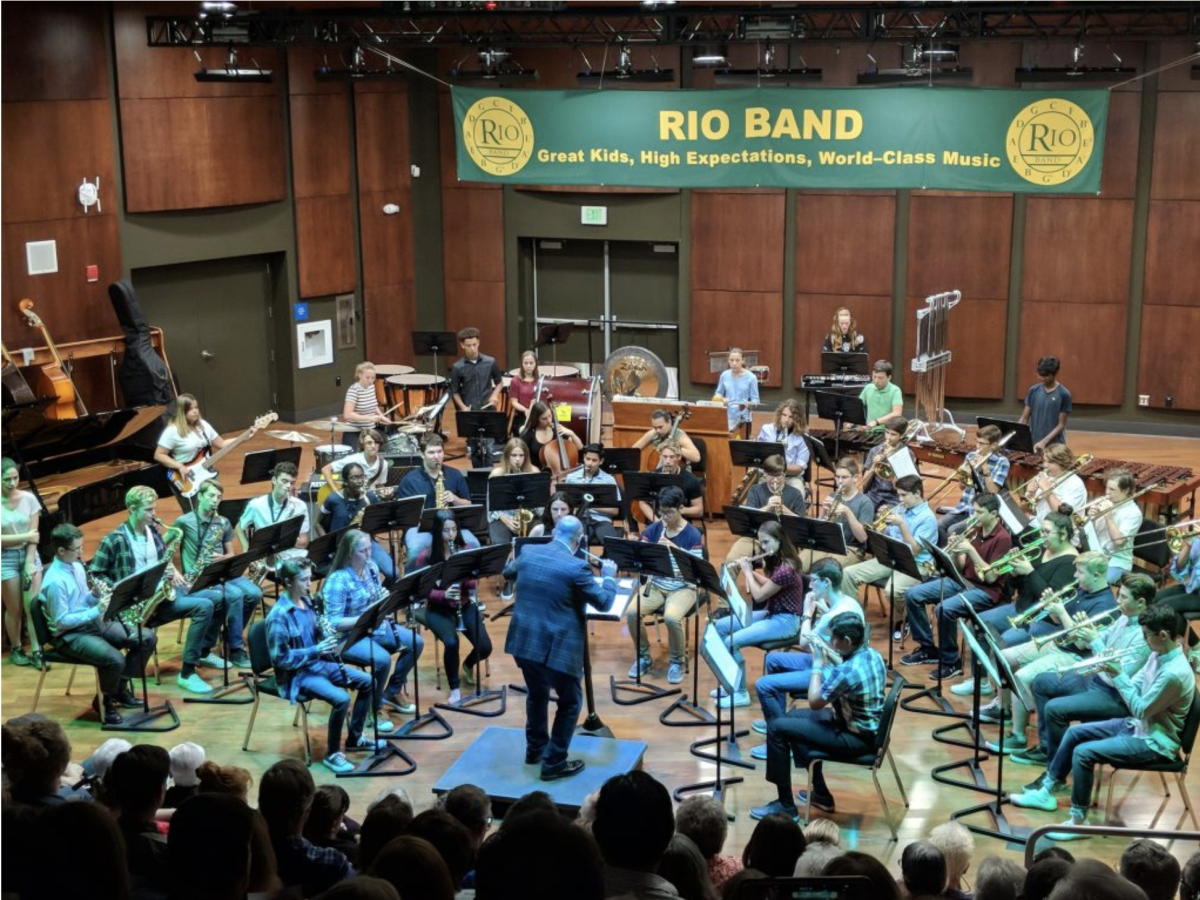



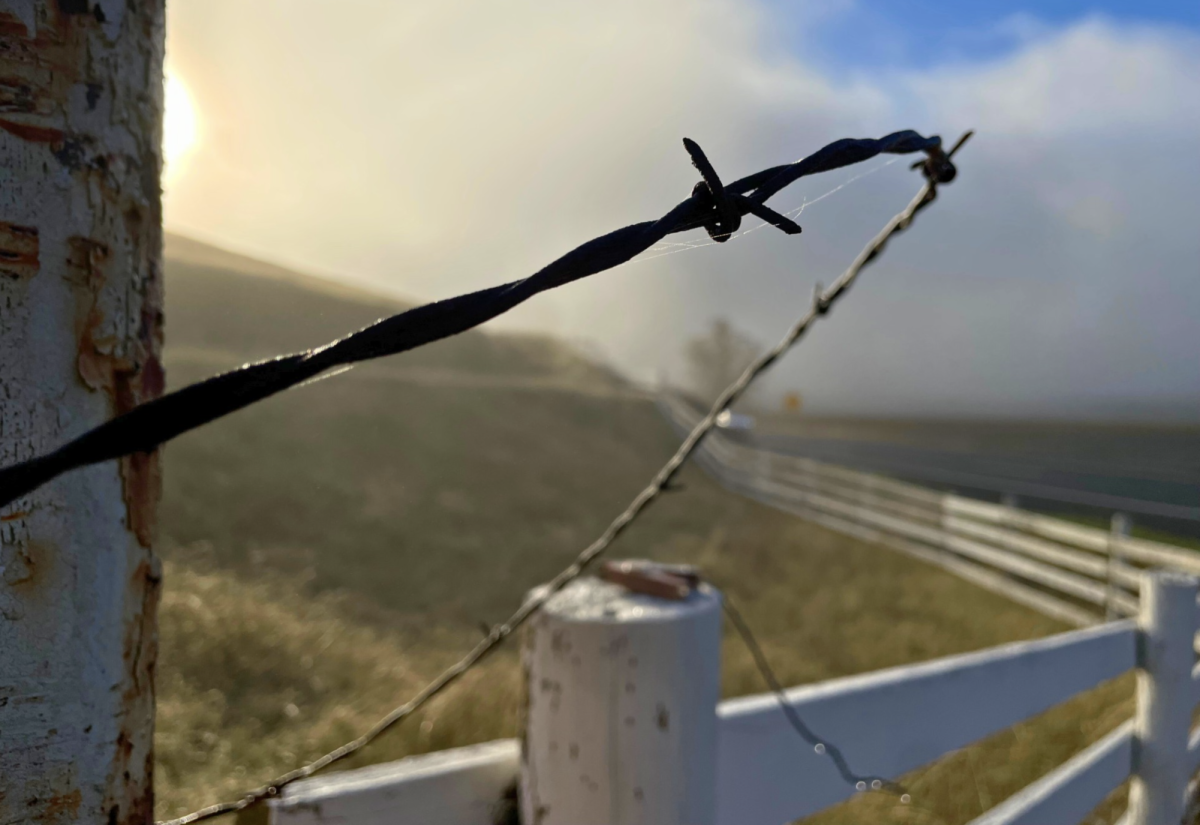
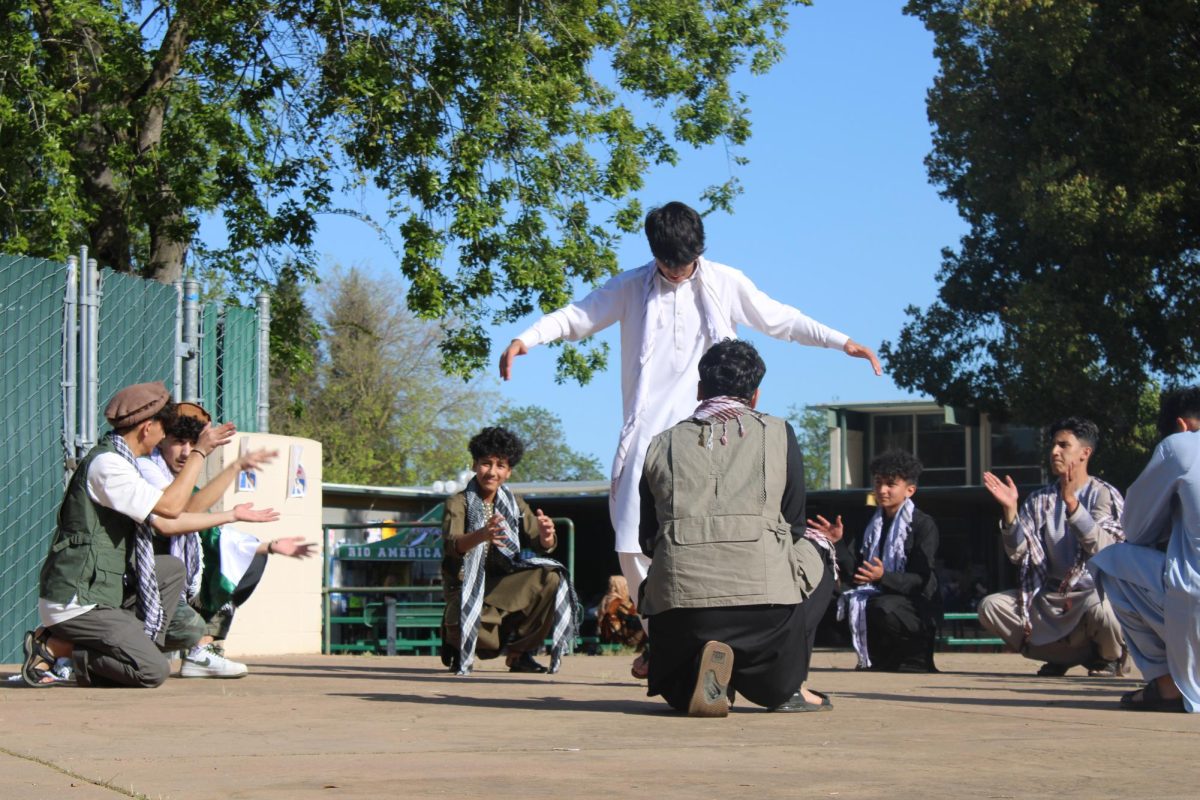
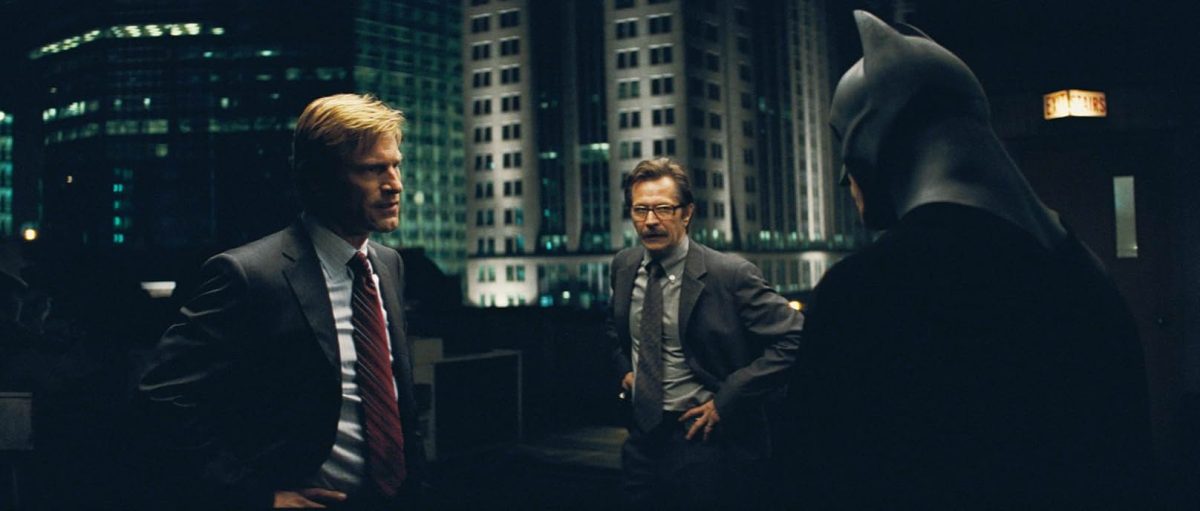

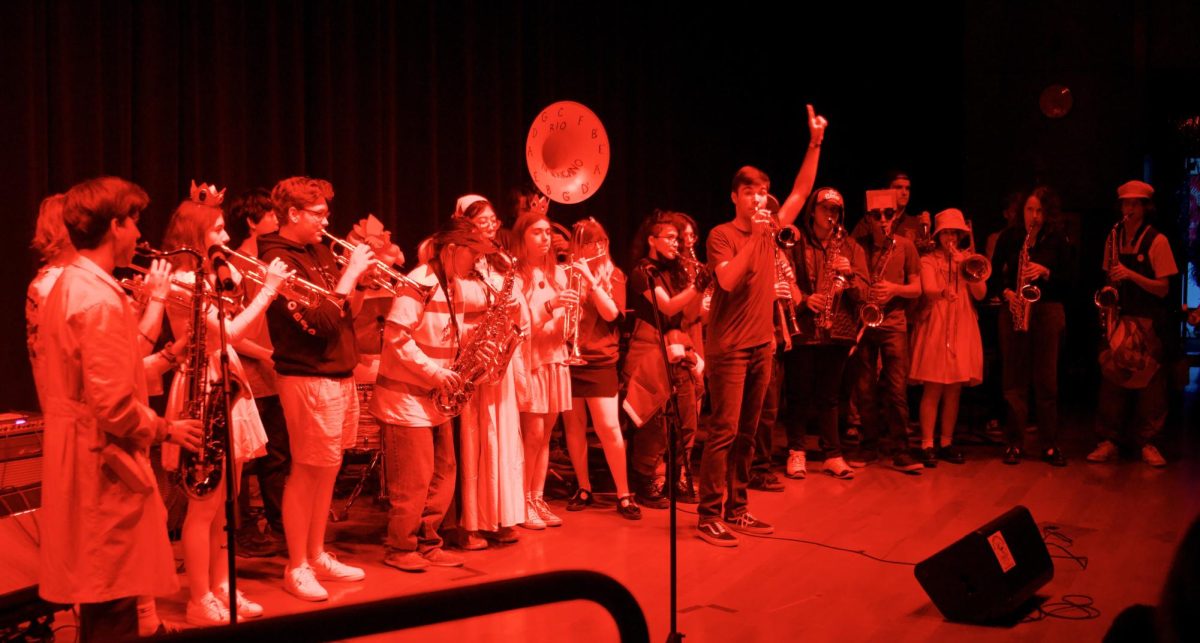
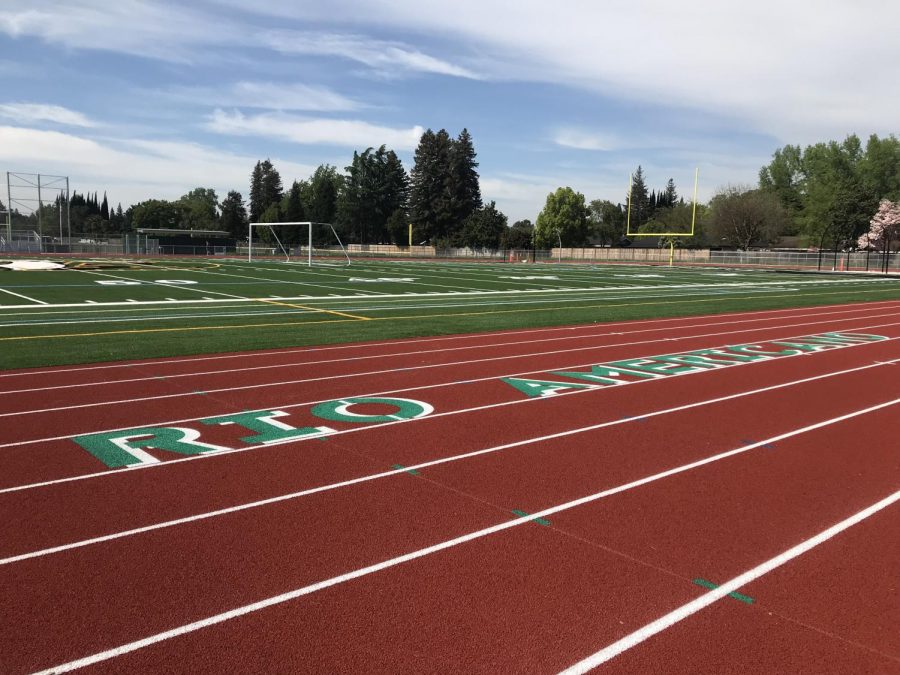
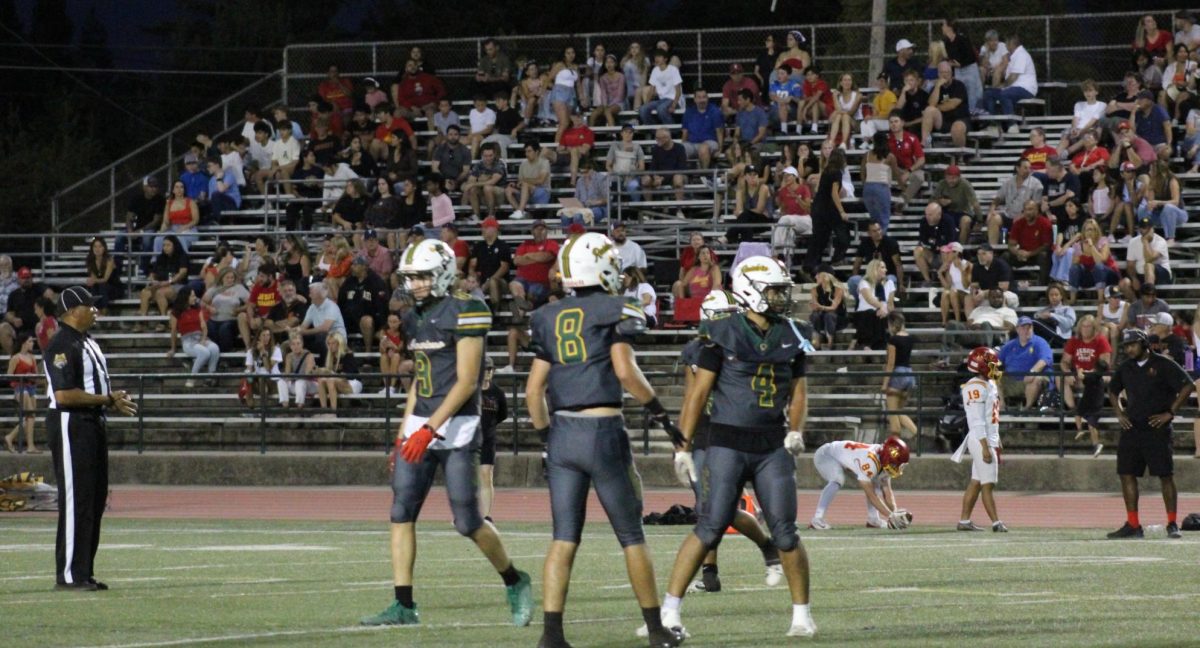
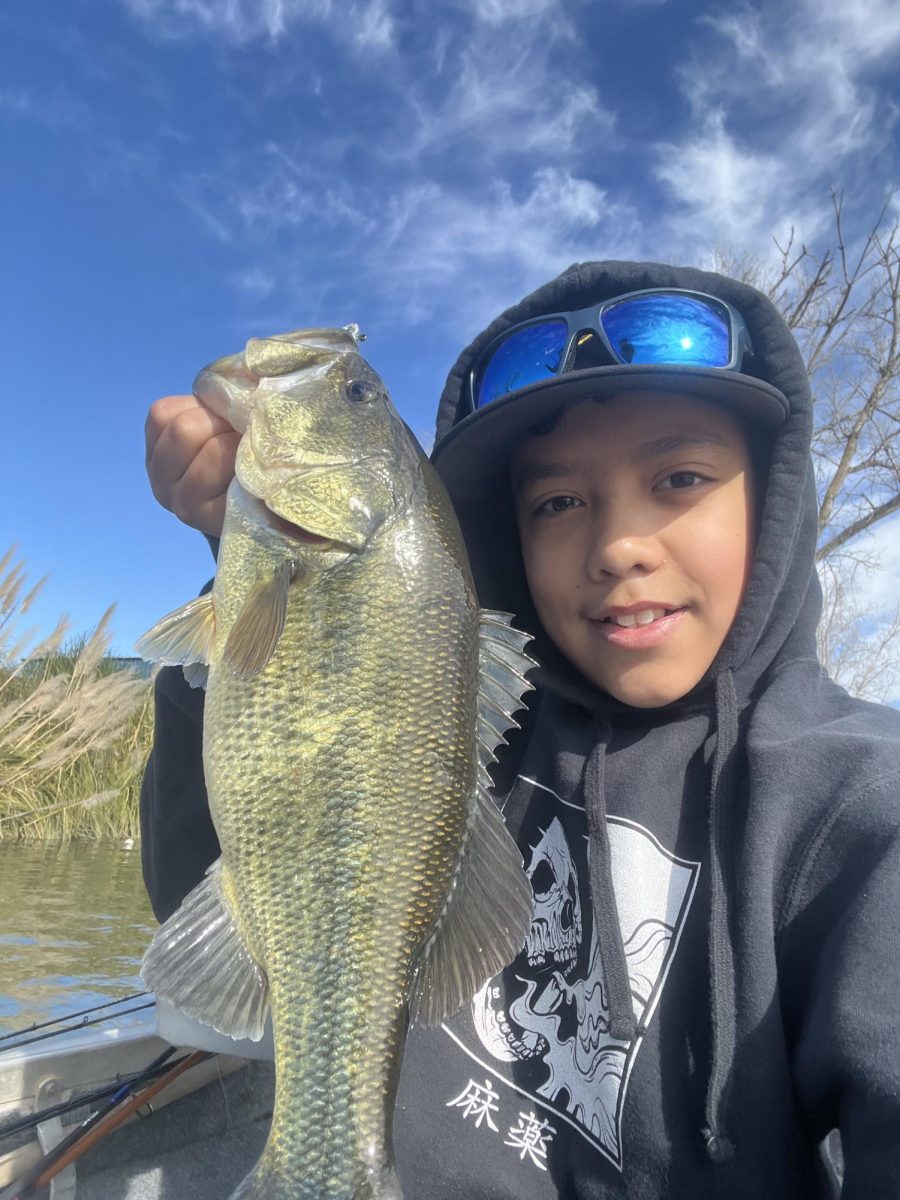
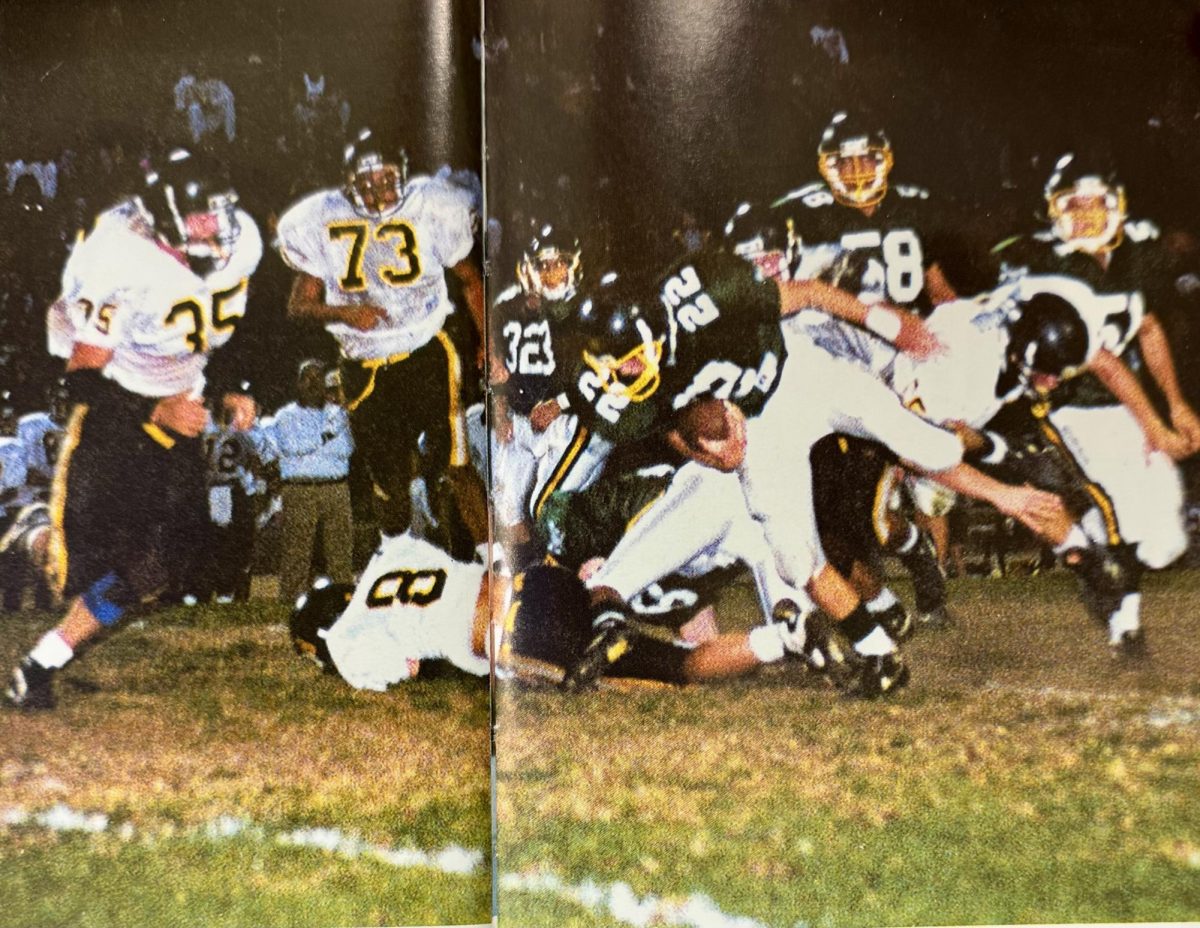
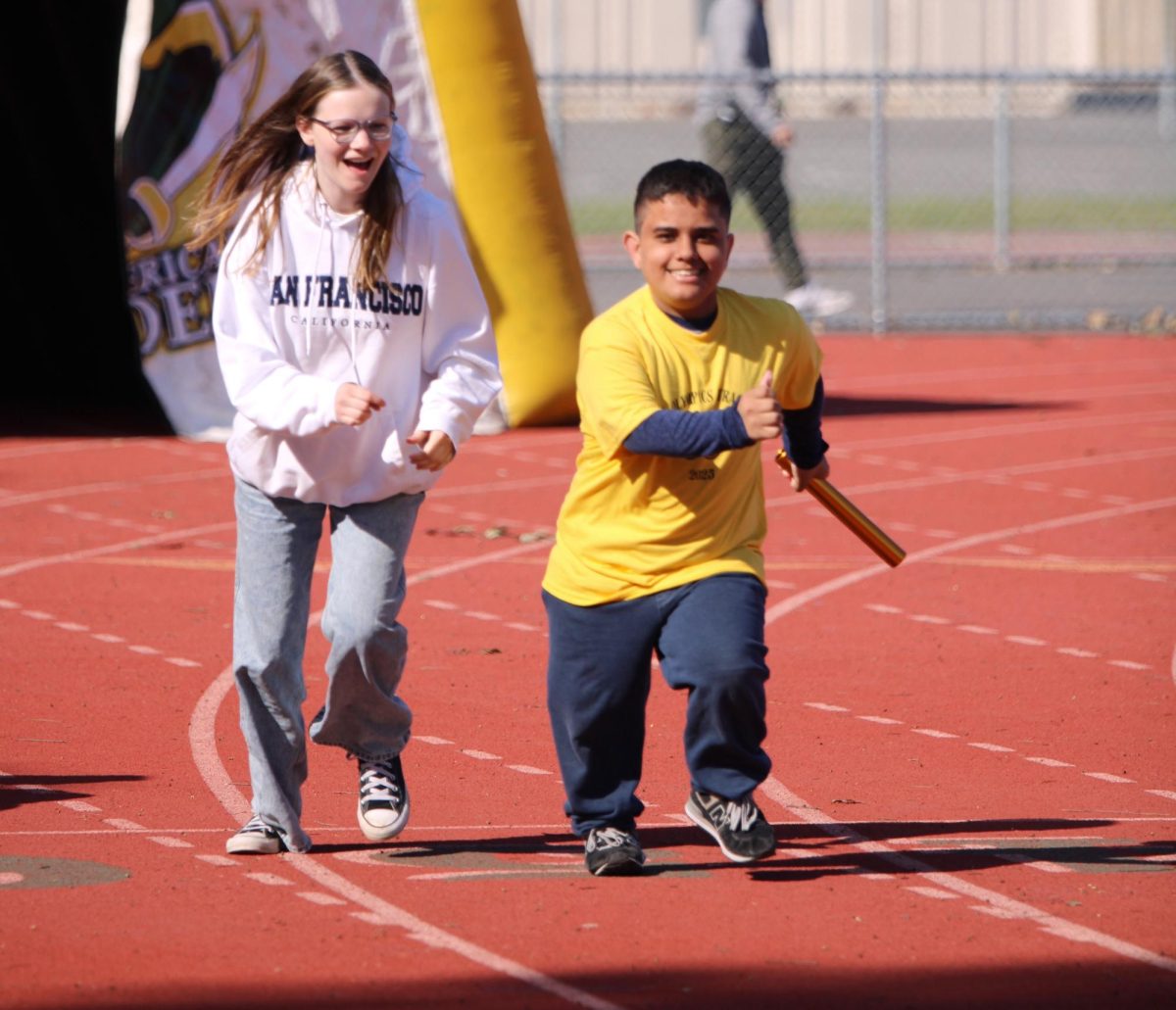
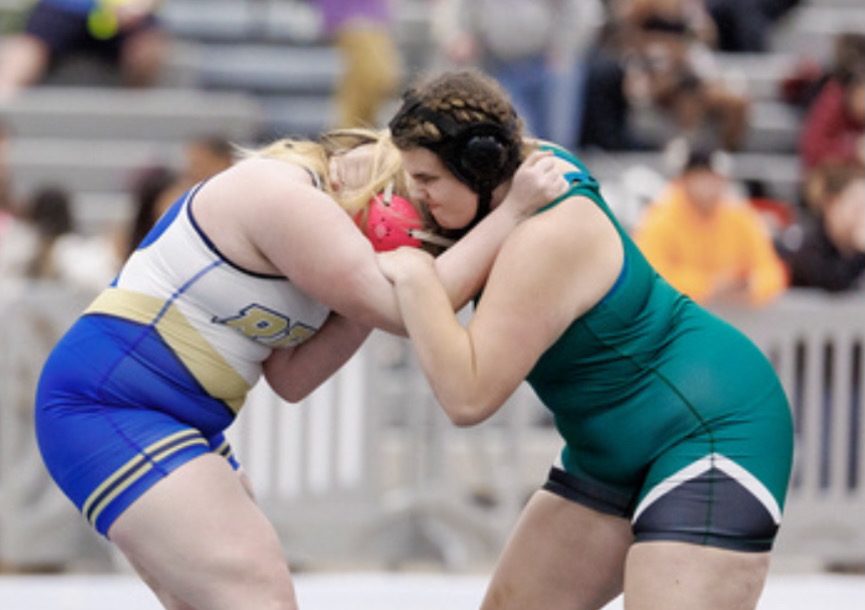
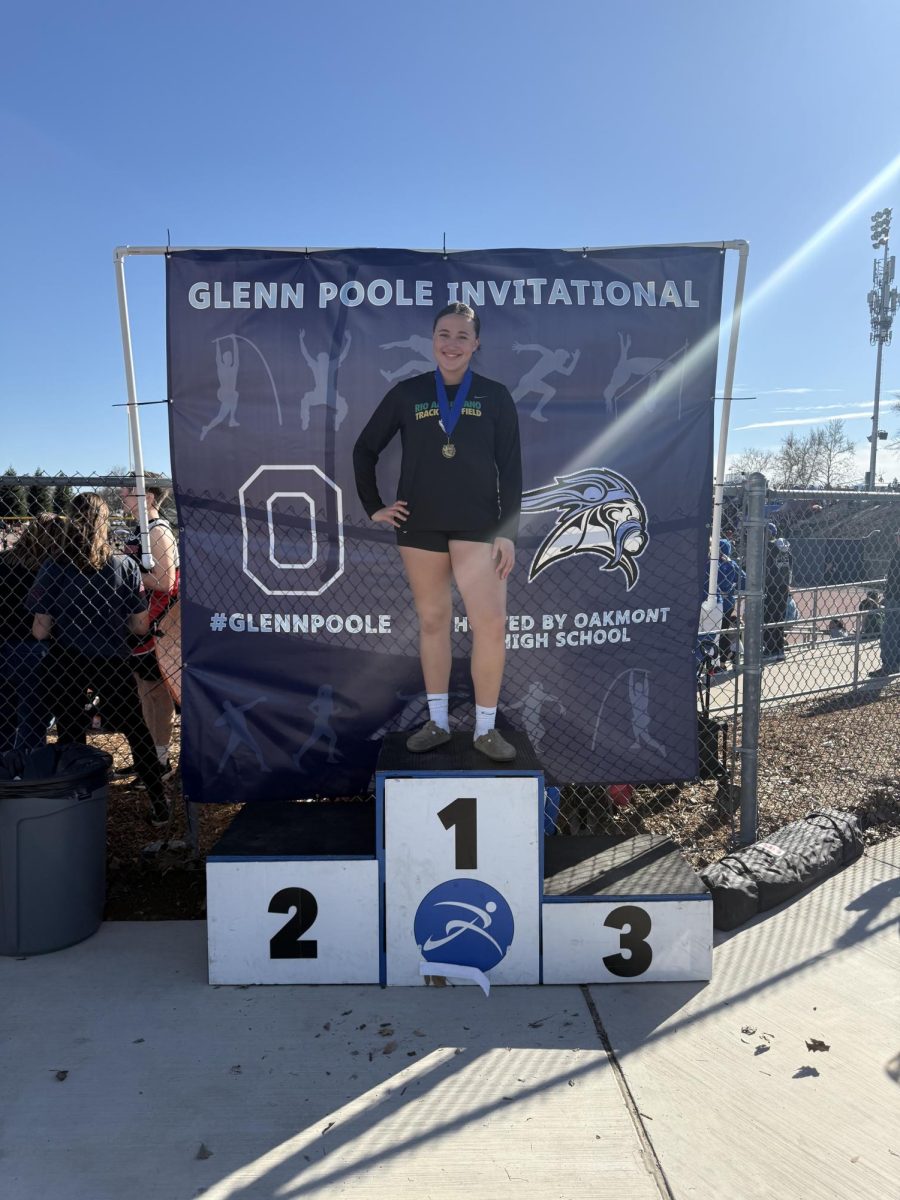
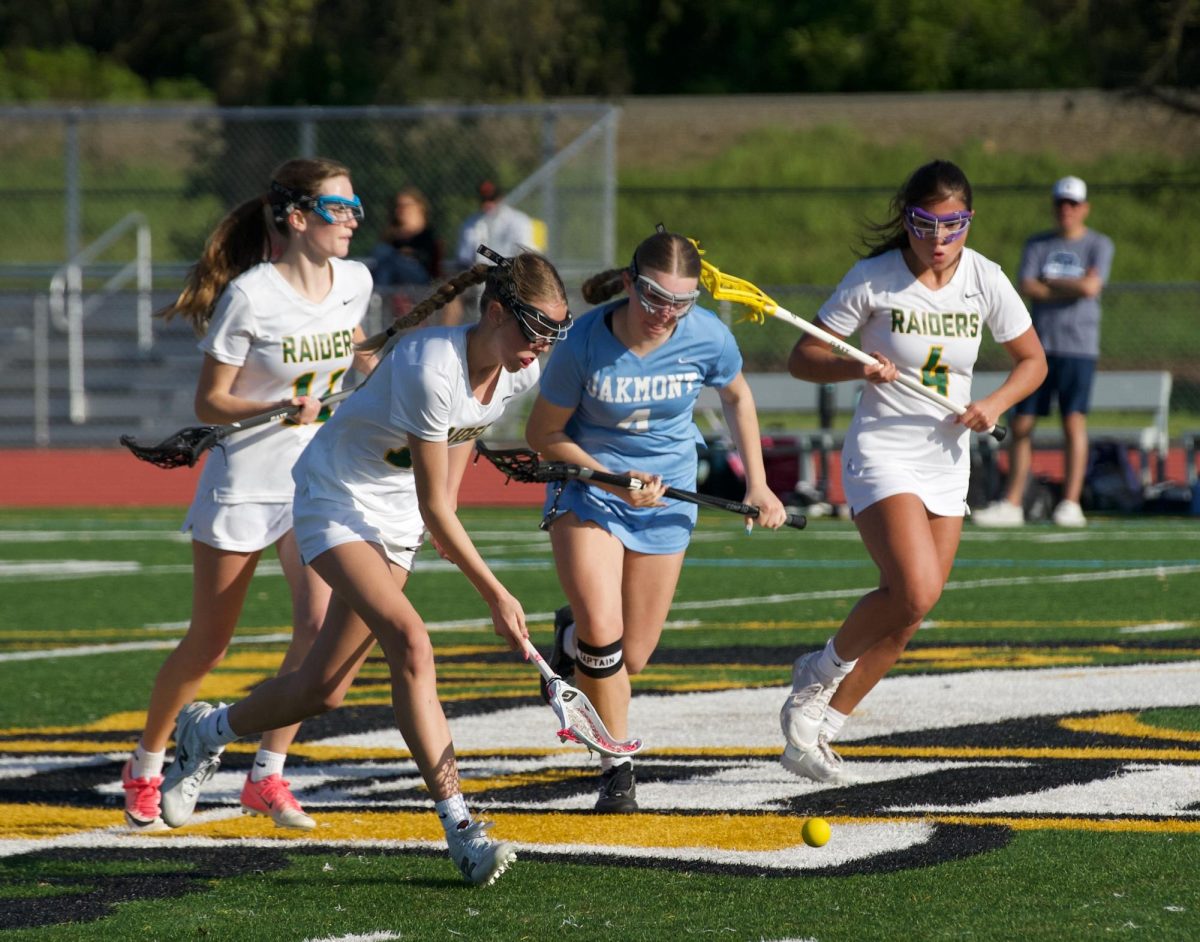

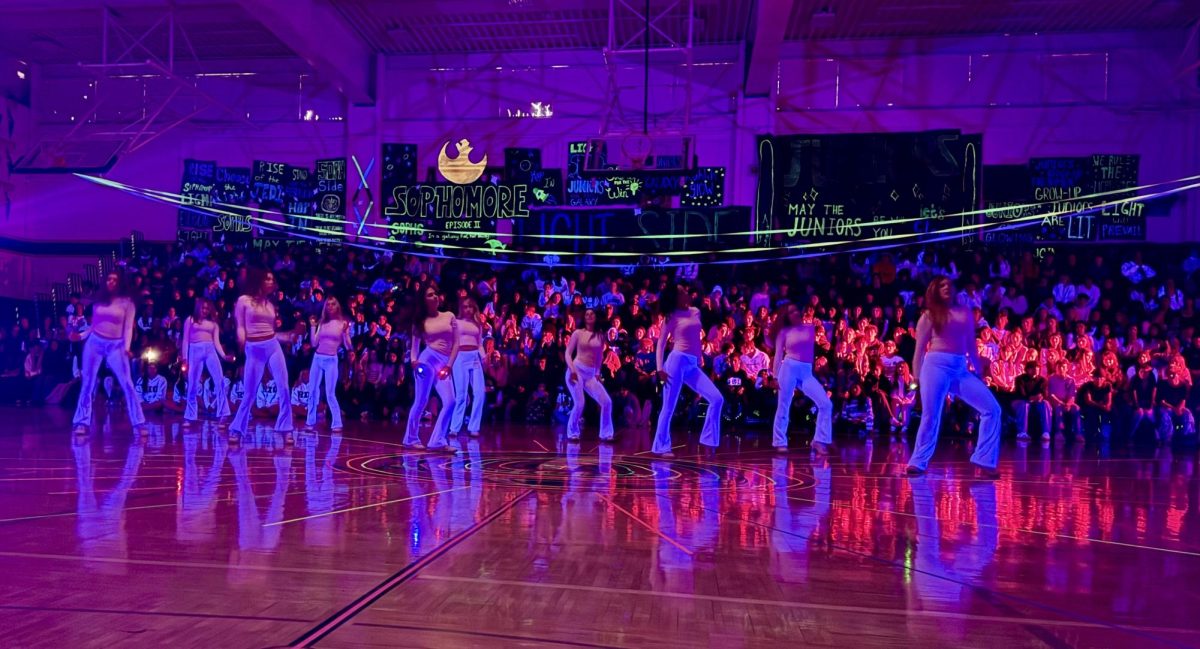







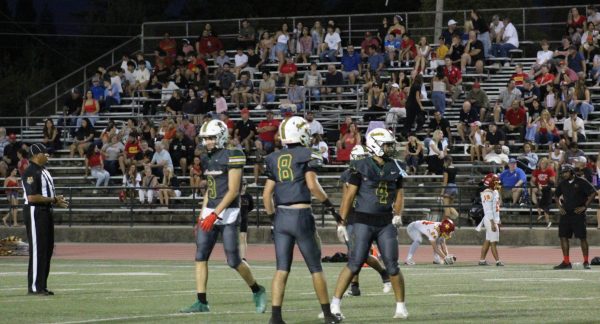
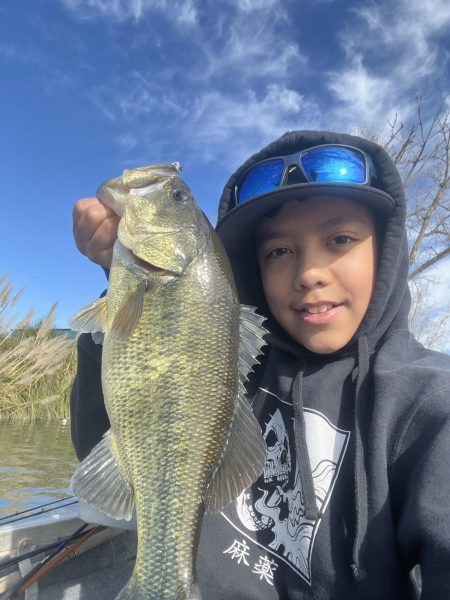
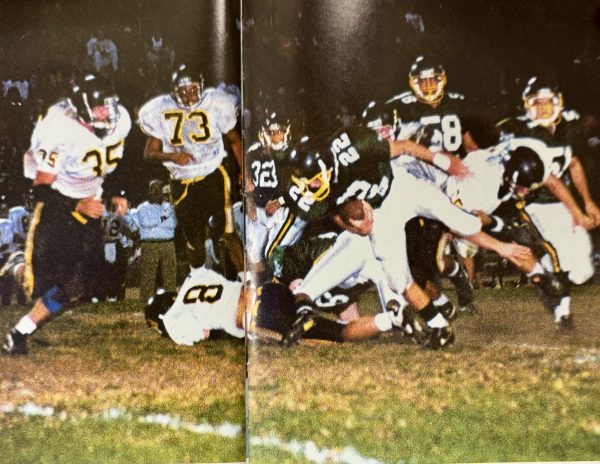
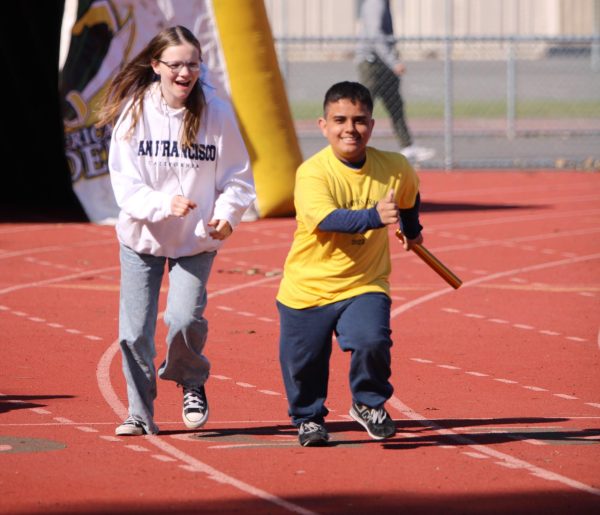
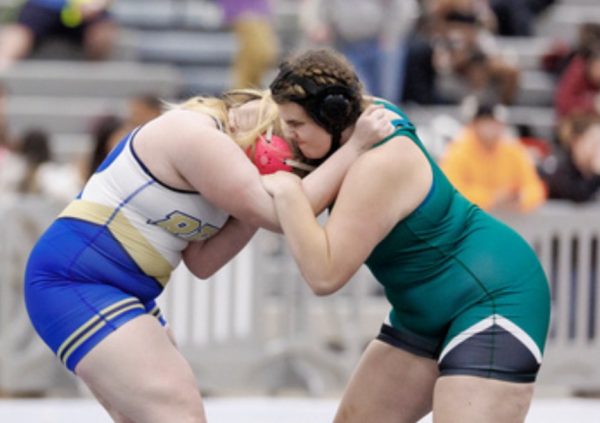
Jim • Oct 20, 2013 at 9:18 AM
We love you Devon! You will be a star again… Stay positive!